Vehicle segments are a classification system that groups cars based on criteria such as size, purpose, and price. Fundamentally a marketing and industry categorization, this system helps consumers easily select the vehicle that best fits their needs and budget.

What Are Vehicle Segments?
Vehicle segments are a classification system used to group automobiles according to similar size, body type, purpose, and price ranges. This system helps consumers easily find the vehicles best suited to their needs and budgets. Also known as vehicle class, it is fundamentally a categorization used by the automotive industry and marketing strategies. For example, the fact that a city car and a large SUV are in different segments indicates that they appeal to different customer audiences in terms of both design and functionality.
Why Are Cars Divided into Segments?
The main reasons for dividing automobiles into segments are as follows:
- Manufacturers position their products according to a specific customer group and competitive environment. This is critically important for determining marketing strategies and pricing.
- Segmentation allows buyers to quickly narrow down options within a wide range of models to suit their own requirements (e.g., family size, budget, intended use).
- Many countries and industry organizations use these classifications for statistical reporting and regulatory purposes.
- Manufacturers can improve their own vehicles by comparing the features, prices, and performance of rival models in the same segment.
On What Basis Are Car Segments Classified?
The classification of vehicle segments is generally based on criteria used by the European Commission and widely accepted in the market. The primary factors considered in this classification are:
- Size (Length): The most important factor determining the segment. Usually, a vehicle's total length and interior volume indicate which segment it belongs to.
- Body Style: Body types such as Hatchback, Sedan, SUV, Coupe, and Minivan play a role in classification.
- Price Range and Equipment Level: Generally, vehicles in the same segment have similar prices and offer similar standard equipment levels.
- Intended Use: The purpose for which vehicles are designed (e.g., city use, family trips, off-road) can affect classification.
What Are the Vehicle Segments?
The basic vehicle segments, traditionally determined according to European standards, and their short descriptions are listed below.
A Segment Vehicles
City Cars: Generally the smallest, most economical vehicles with the highest maneuverability. Ideal for narrow streets and parking problems.
Example vehicle models:
- Dacia Spring
- Smart EQ Fortwo
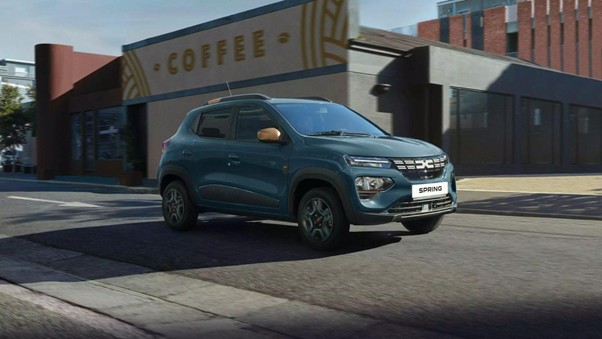
B Segment Vehicles
Small Cars (Superminis): Slightly larger than the A segment, offering more comfort and more powerful engine options. Suitable for city use and short intercity trips.
Example vehicle models:
- Peugeot e-208
- Opel Corsa-e
- Renault Zoe
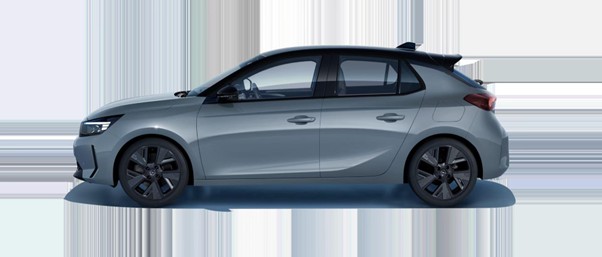
C Segment Vehicles
Kompakt Cars (Small Family Cars): One of the most popular segments. Offers a good balance, a spacious interior, and fuel efficiency. Can be used comfortably both in the city and on long journeys.
Example vehicle models:
- Volkswagen ID.3
- Nissan Leaf
- MG4 EV
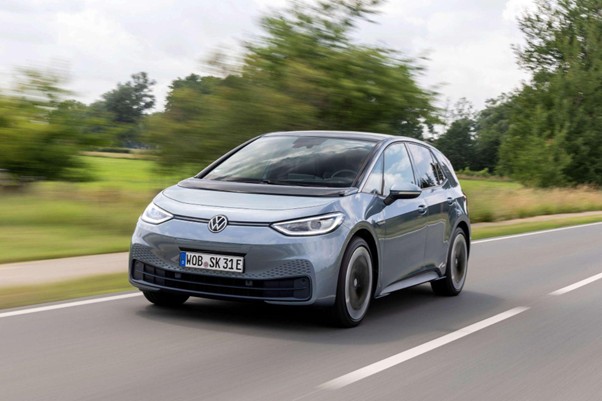
D Segment Vehicles
Large Family Cars: Larger and more luxurious than the C segment, suitable for longer journeys. Offers high comfort and luggage volume.
Example vehicle models:
- Tesla Model 3
- Polestar 2
- Hyundai Ioniq 6
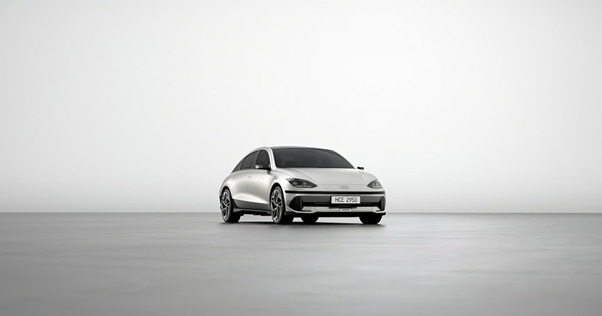
E Segment Vehicles
Executive Cars (Upper Medium): Designed for professionals and executives looking for high performance, premium features, and top-level comfort.
Example vehicle models:
- Mercedes-Benz EQE
- BMW i5
- Audi e-tron GT
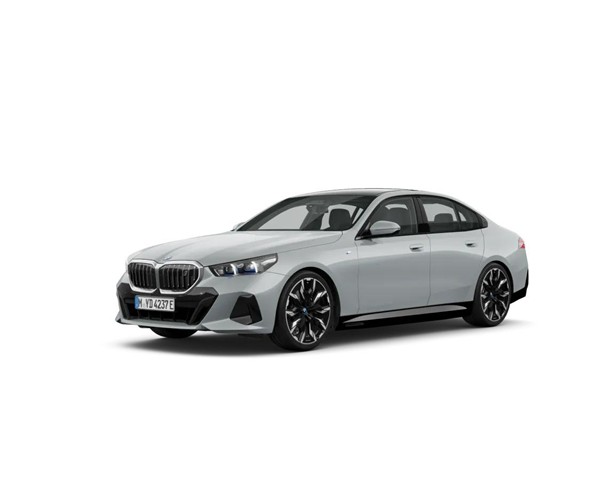
F Segment Vehicles
Luxury Cars: The largest, most expensive, and most luxurious segment. Features state-of-the-art technology and the highest quality materials.
Example vehicle models:
- Mercedes-Benz EQS
- BMW i7
- Lucid Air
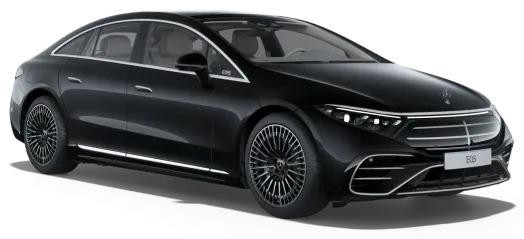
S Segment Vehicles
Sports Coupé/Cabriolet Cars: Two-door vehicles where performance and aesthetics are at the forefront.
Example vehicle models:
- Porsche Taycan
- Lotus Evija

M Segment Vehicles
Multi Purpose Vehicles (MPV/Minivan): Family-oriented vehicles offering high seating capacity and flexible interior arrangements.
Example vehicle models:
- Kia EV9 (7-seat versions)

J Segment Vehicles
Sport Utility Vehicles (SUV): Vehicles that combine a high driving position, off-road capabilities, and spacious interior volume. It is currently the fastest-growing segment. SUVs are also divided into sub-segments according to their size.
Example electric vehicle models:
Small/Compact SUV (C-SUV)
- Tesla Model Y
- Kia EV6,
- Ford Mustang Mach-E
Mid-size/Large SUV (D-SUV/E-SUV)
- BMW iX
- Audi Q8 e-tron
- Rivian R1S
What Are Electric Vehicle Segments?
Electric vehicles (EVs) largely follow the same segmentation structure used by traditional vehicles. However, due to factors such as battery pack placement and design freedom, the lines between segments can sometimes be more flexible.
Growth in the electric vehicle market is particularly concentrated in J Segment (SUV) and C Segment (Compact) vehicles, as they offer more space to accommodate the battery. Additionally, high-performance electric sports cars have started to occupy a significant place in the S Segment.
When dividing electric vehicles into segments, the traditional segments above (A to J) are used, but users now pay more attention to electricity-specific criteria such as range, charging speed, and technological equipment.
You can easily access all the details you are curious about regarding ChargeIQ on our FAQ page, which contains comprehensive answers to frequently asked questions.
Sources
Arabam.com - https://www.arabam.com/blog/danisman/arac-segmentleri-nedir-neye-gore-yapilir
Bridgestone - https://www.bridgestone.com.tr/arac-segmentleri-adan-sye-tum-arac-segmentleri-ve-ornekler
Opel - https://www.opel.com.tr/opel-blog/arac-segmentleri-nedir-hangi-segment-sana-gore.html
Wikipedia (Turkish),“Otomobil Segmentleri”. - https://tr.wikipedia.org/wiki/Otomobil_segmentleri








